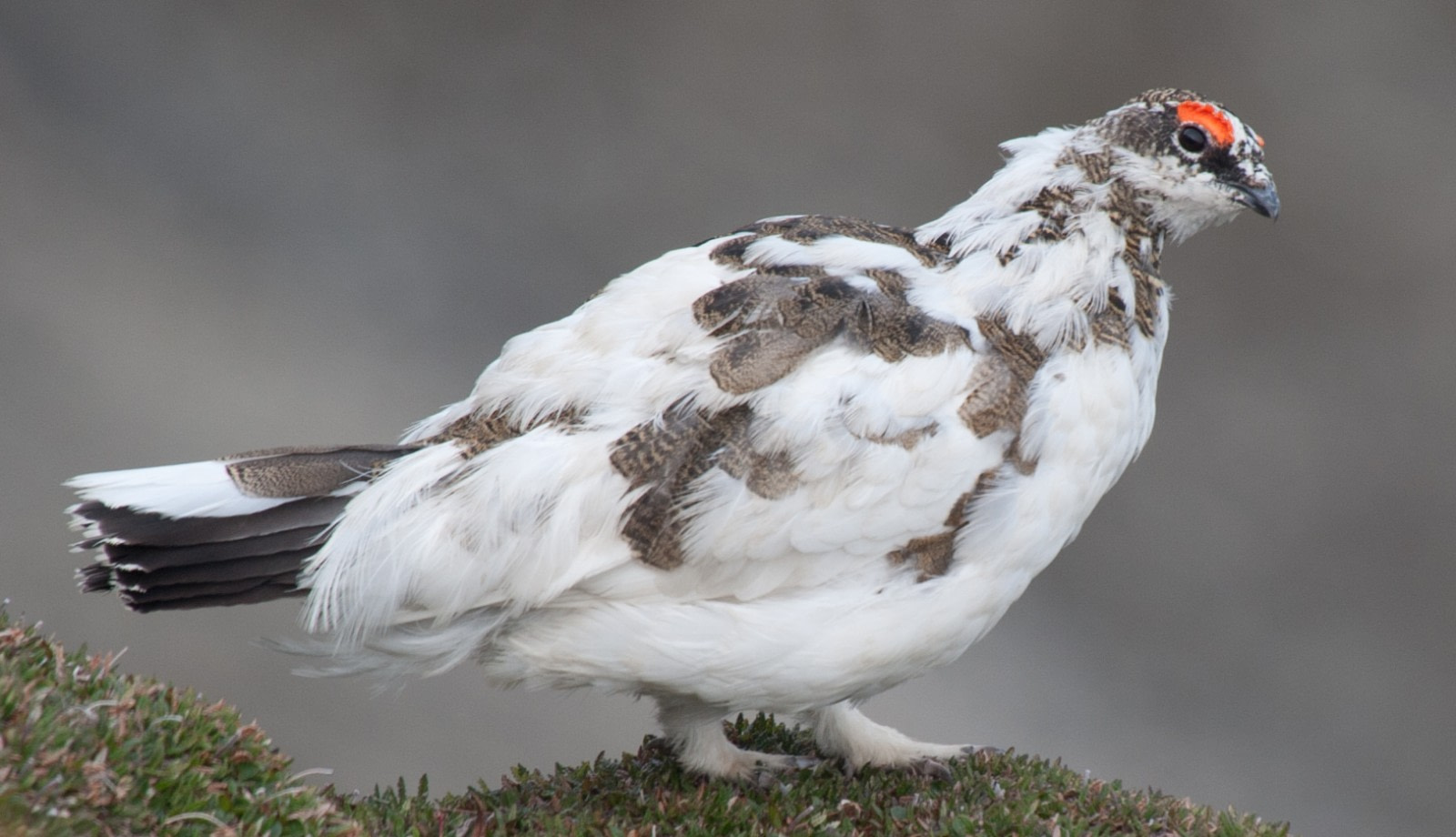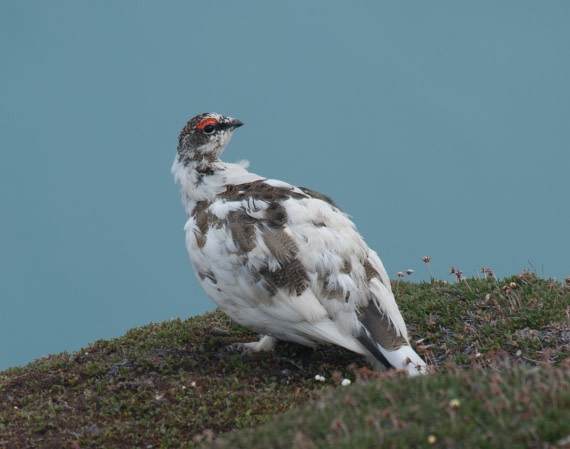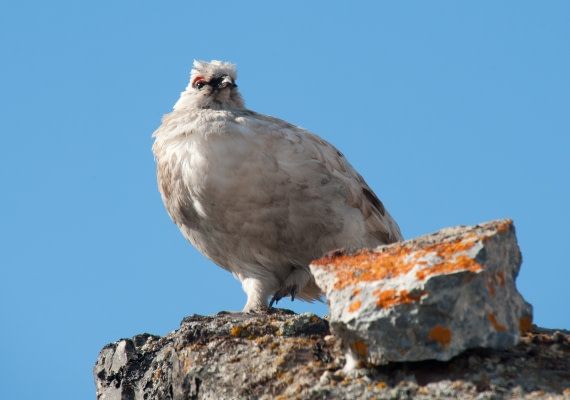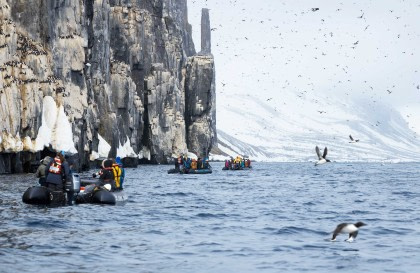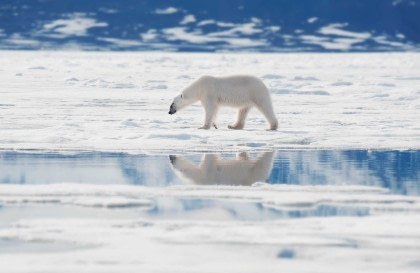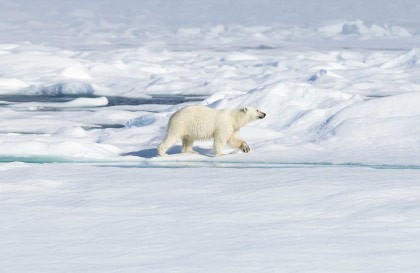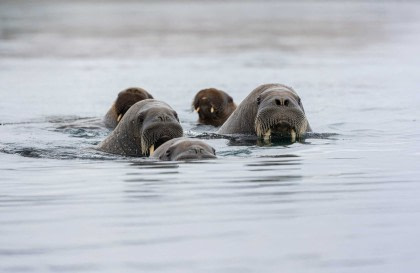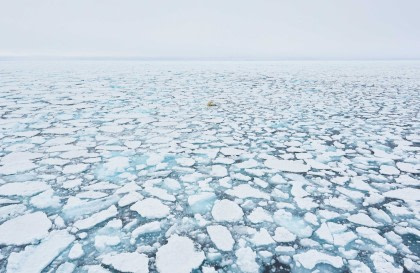Name: Ptarmigan, Snow Chicken, Raichō, White Grouse, White Game (Lagopus muta)
Length: 35 centimetres
Weight: 450 to 640 grams
Location: Remote regions of Arctic and subarctic regions of North America, Greenland, and in the mountains of the Pyrenees, the Alps, the Urals, the Altay Mountains, Japan, and Scotland. It has also been introduced to South Georgia, New Zealand, and the Kerguelen and Crozet Islands.
Conservation status: Least Concern
Diet: Berries, leaves, buds, seeds, flowers. Juvenile birds will also eat insects.
Appearance: Summer – brown with darker stripes. Winter – white
How do Rock Ptarmigans feed?
Rock Ptarmigans are ground feeders, much like chickens.
Are Rock Ptarmigans social?
Rock Ptarmigan migration flocks can number in the hundreds. Outside of migration and breeding season they continue to live together in flocks numbering in the dozens for protection, but these flocks are usually segregated by the sexes.

What are Rock Ptarmigan birthing rituals like?
Rock Ptarmigans become sexually mature at 6 months.
Males both display for females and show aggression towards other males through their combs. The size of the comb has an impact on both the male’s ability to mate at all, and whether he will be monogamous or if he will have multiple partners.
Males take a big risk during mating season – their feathers remain winter white until after mating is complete. This means they’re a visible white spot against brownish fields, easy to spot from a great distance away.
The nests are built on sparsely vegetated tundra. They’re lined with feathers, grass, lichens, and leaves.
Up to 13 (average 6) chicks are born per clutch. Unlike the males, the females moult to their summer feather colours in time for mating season. Sitting on their eggs, their camouflage renders their nests incredibly hard to spot unless one is less than 2 metres away.
Chicks are able to leave their nest in less than half a day after the last egg hatches.
How long do Rock Ptarmigans live?
Rock Ptarmigans live about 2 years in the wild.
How many Rock Ptarmigans are there today?
The worldwide estimate of Rock Ptarmigans places the population at greater than 8 million individuals.
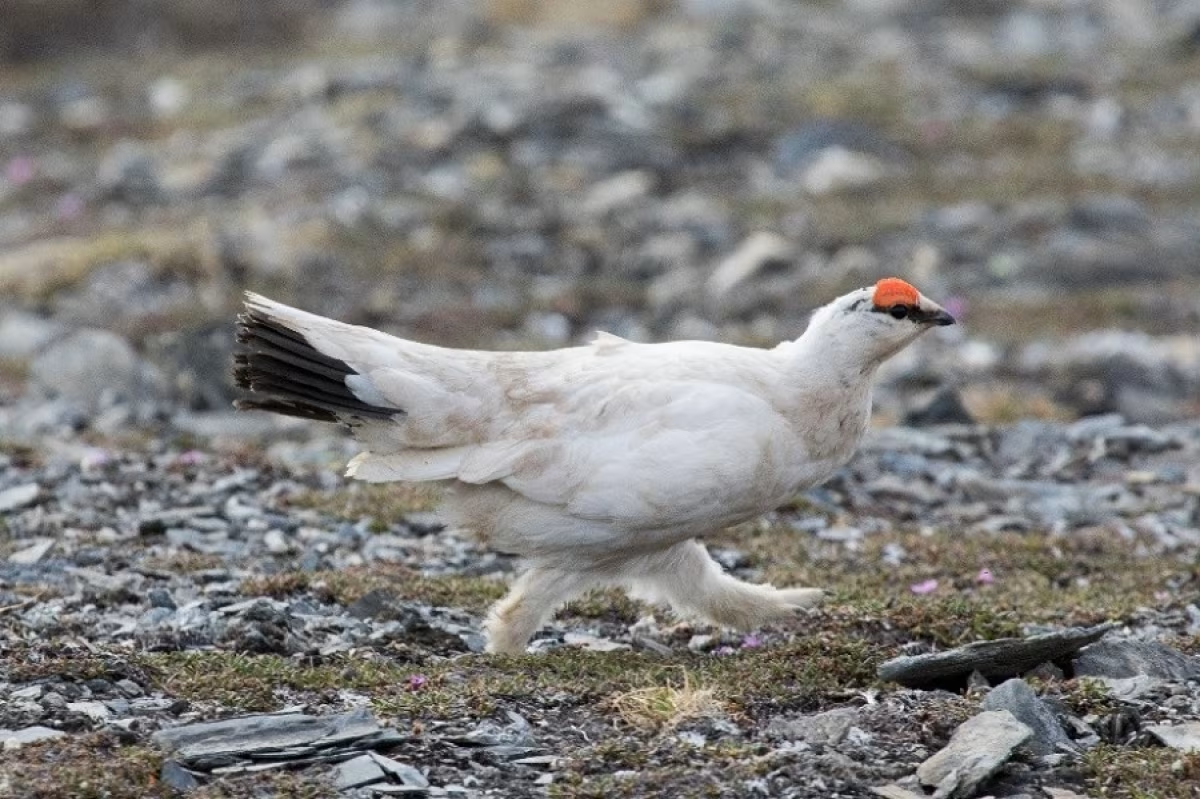
Do Rock Ptarmigans have any natural predators?
Rock Ptarmigans are prey to owls, foxes, and lynx.
7 Profound Rock Ptarmigan Facts
1. The Rock Ptarmigan (known as Snow Chicken in the U.S.) is the official bird of the Nunavut territory in Canada.
2. It’s also the official game bird of Labrador and the province of Newfoundland.
3. The Japanese name Raichō means “thunder bird.” Rock Ptarmigans are protected throughout Japan and they are the official bird of the Toyama Prefecture.
4. Rock Ptarmigans are part of the Grouse family.
5. The name Lagopus comes from the Greek words lagos which means “hare” and pous which means “foot.” This refers to the bird having feathers on its legs, acting like fur to keep them warm and let them walk more easily across snow.
6. Muta is a Latin word meaning “mute” which refers to the male’s basic croaking call or song.
7. “Ptarmigan” is derived from a Scottish Gaelic word tàrmachan which means “croaker.”
